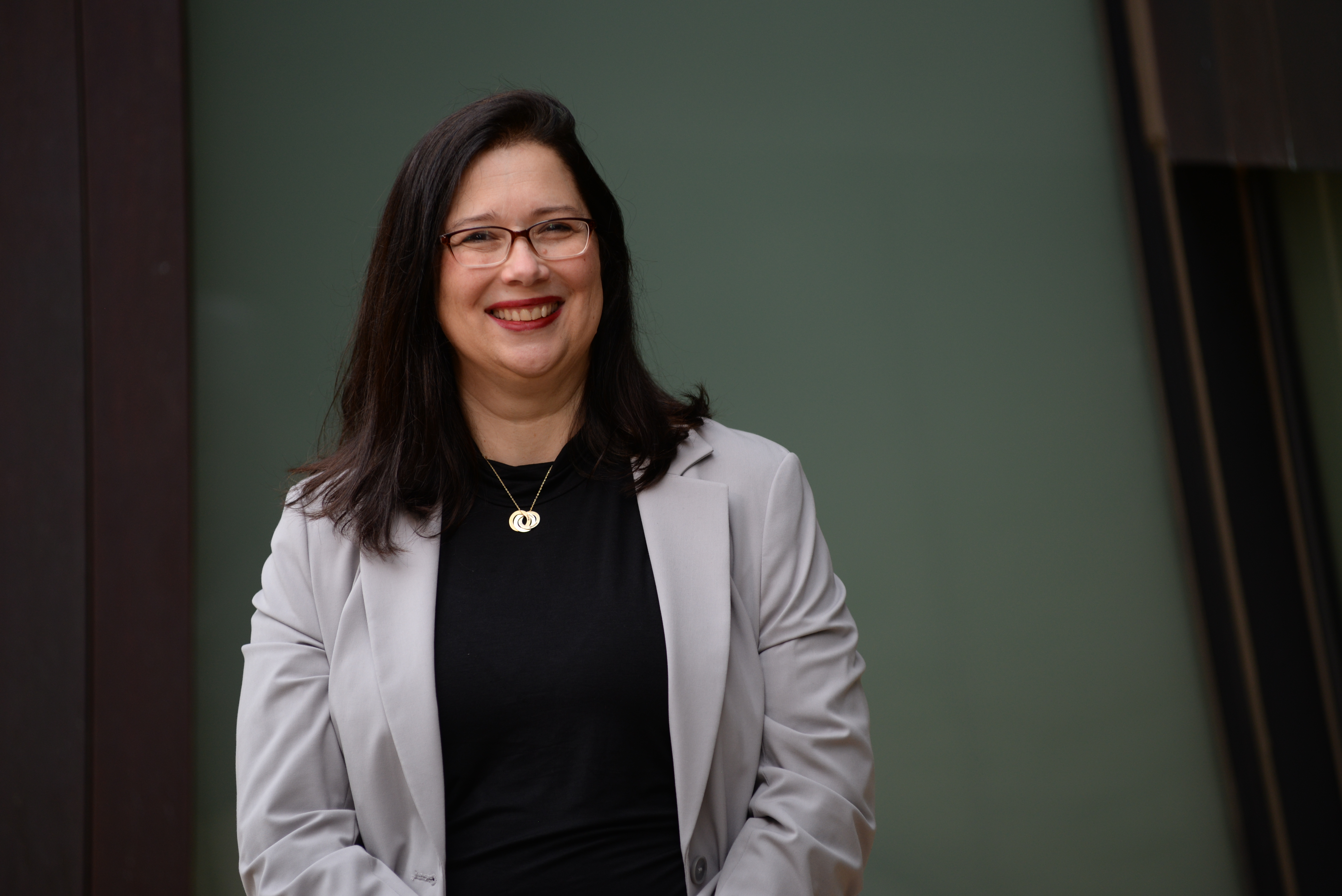Back
Interprofessional Education and Collaborative Practice
Asynchronous Interprofessional Education Opportunities for Palliative Care Social Work Education
Saturday, November 12, 2022
7:45 AM – 8:45 AM
Location: Poster 6

Suzanne Marmo, Phd, LCSW
Assistant Professor
Sacred Heart University
Fairfield, Connecticut, United States
Presenter(s)
Overview: Due to the pandemic, a pivot in social work education to virtual learning has increased the need to think outside the box for effective educational content. Utilizing a community of inquiry framework, this presentation will show how interprofessional educators can facilitate team learning and communication using a flexible asynchronous format.Proposal text: Interprofessional Education has shown promising outcomes for student learning and preparation of future collaboration in palliative care professional practice (Kozhevnikov, Morrison & Ellman, 2018; Wittenberg-Lyles, Goldsmith, Ferrel & Berchett, 2014). Promising evidence of successful educational outcomes occur when students from multiple disciplines are able to experience learning together in a supervised learning environment (Head, Breakwell & Donesky, 2017). The majority of palliative care interprofessional learning opportunities have occurred in-person, with an experiential case-based learning approach to bring together students from social work, nursing, chaplaincy and medicine (Kozhevnikov et al, 2018). However, many of these learning experiences can face logistical problems when educators need to bring together students from different disciplines (O’Mahony et al., 2020). Barriers to these opportunities have been identified as: complex scheduling needs of students in professional training, meeting space requirements to accommodate large groups, financial costs, geographical barriers and most recently, the need for students to maintain social distance from other students (Jones, Vidal & Taylor, 2020; McKenna et al, 2014).
Online education for interprofessional palliative care training has shown some promise in improving learning outcomes and preparing students for future palliative care team work (Evans et al., 2019; Wittenberg-Lyles, 2014). However, the majority of online palliative care interprofessional opportunities have had to occur as live online sessions or separate discipline asynchronous learning experiences (Mckenna et al, 2014). Other methods have excluded student discourse, and instead provided videos of diverse professionals working with simulated patients courses for viewing or have provided opportunities for reflection within a shared written discussion board (Jones et al, 2020).
This presentation will demonstrate how several interprofessional educators facilitated learning and team communication using Flipgrid, an easy, cost-free, creative learning tool that can embed videos into different courses’ learning management system. Shared use of this platform, as well as other similar shared learning tools, can enable a flexible, self-directed, case-based palliative care learning opportunity for large groups of students from diverse disciplines. Students reported higher levels of understanding of interprofessional work and increased understanding of the contribution each profession makes to patient and family centered care. Feedback provided by social work students related to the use of this learning modality with approximately 150 social work, bioethics, and nursing students will be presented along with suggestions and methods for easy implementation in diverse interprofessional settings.
Learning objectives
After viewing this presentation, participants will be able to describe how asynchronous learning platforms provide flexible opportunities for SW education in interprofessional practice.
Attendees will be able to describe 3 tools SW educators, social work students and other disciplines can apply to a community of inquiry, using self-guided asynchronous learning.
Online education for interprofessional palliative care training has shown some promise in improving learning outcomes and preparing students for future palliative care team work (Evans et al., 2019; Wittenberg-Lyles, 2014). However, the majority of online palliative care interprofessional opportunities have had to occur as live online sessions or separate discipline asynchronous learning experiences (Mckenna et al, 2014). Other methods have excluded student discourse, and instead provided videos of diverse professionals working with simulated patients courses for viewing or have provided opportunities for reflection within a shared written discussion board (Jones et al, 2020).
This presentation will demonstrate how several interprofessional educators facilitated learning and team communication using Flipgrid, an easy, cost-free, creative learning tool that can embed videos into different courses’ learning management system. Shared use of this platform, as well as other similar shared learning tools, can enable a flexible, self-directed, case-based palliative care learning opportunity for large groups of students from diverse disciplines. Students reported higher levels of understanding of interprofessional work and increased understanding of the contribution each profession makes to patient and family centered care. Feedback provided by social work students related to the use of this learning modality with approximately 150 social work, bioethics, and nursing students will be presented along with suggestions and methods for easy implementation in diverse interprofessional settings.
Learning objectives
After viewing this presentation, participants will be able to describe how asynchronous learning platforms provide flexible opportunities for SW education in interprofessional practice.
Attendees will be able to describe 3 tools SW educators, social work students and other disciplines can apply to a community of inquiry, using self-guided asynchronous learning.
